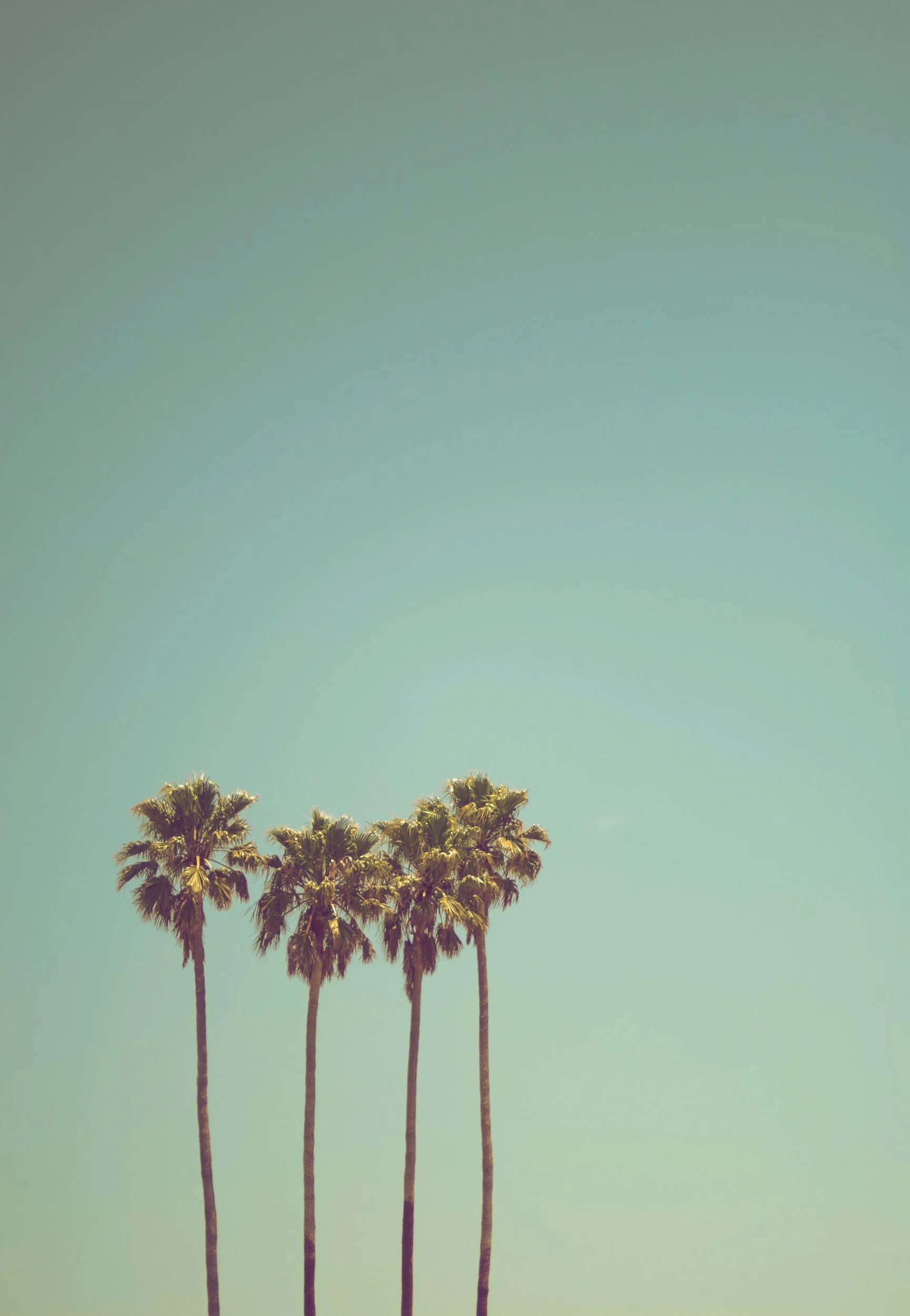
Hop into Epic Road’s travel blog, where every story takes you on an unforgettable adventure! From luxury safaris to hidden gems off the beaten path, you’ll find fun tips, stunning photos, and real stories to inspire your next amazing trip.
Blog
Blog

When to go on an African Safari!?!
When is the best time to go on an African Safari? It depends! Here’s a quick overview over the most iconic African destinations and the best months to go by country.

